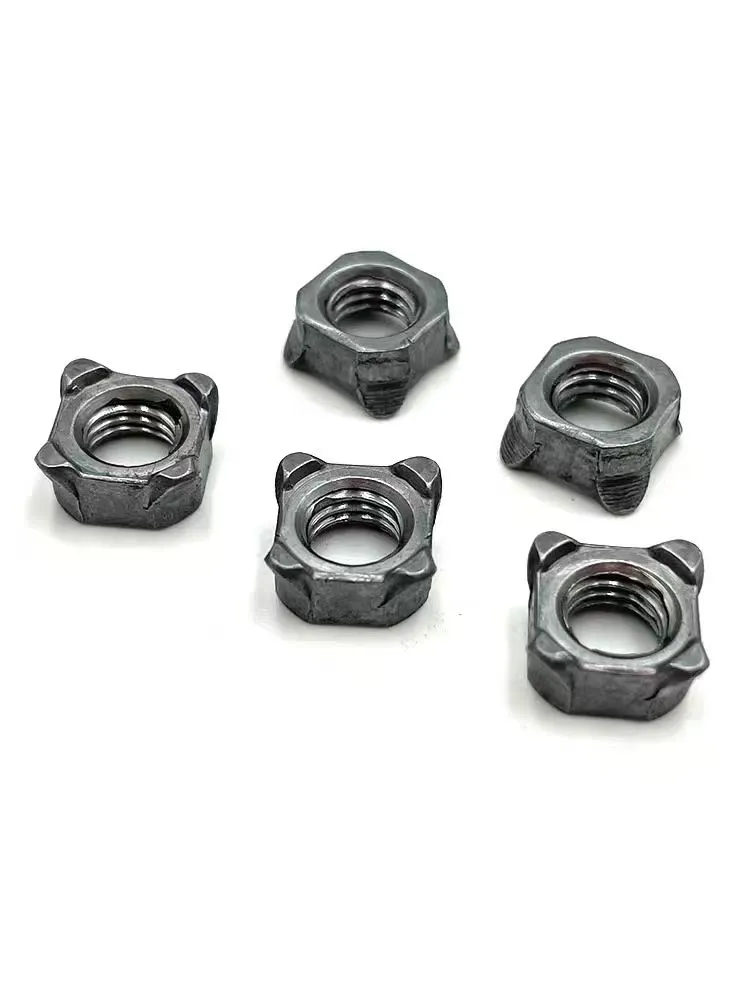

Optimizing Performance with Mid and End Clamping Techniques in Engineering Applications
Sep . 27, 2024 23:20 Back to list
Optimizing Performance with Mid and End Clamping Techniques in Engineering Applications
Mid Clamp and End Clamp in Solar PV Systems
In the realm of solar photovoltaic (PV) systems, finding optimal ways to secure and manage solar panels is paramount for efficiency, safety, and longevity. One of the critical components in this domain is the use of clamps, specifically mid clamps and end clamps. Understanding their function and significance can greatly enhance the installation and performance of solar energy systems.
What Are Mid Clamps and End Clamps?
Mid clamps and end clamps are essential hardware components used to secure solar panels to mounting structures, such as racks or rails. Their primary function is to hold the panels in place, ensuring they remain stable and aligned while exposed to various environmental forces such as wind, rain, and snow.
Mid Clamps are used to attach the solar panels that are positioned in between the first and last panels in a row. They are designed to fit snugly around the edges of the panels, providing a secure grip that prevents any lateral movement. Mid clamps are crucial for maintaining the structural integrity of the solar array, especially in larger installations where panels are placed closely together.
End Clamps, on the other hand, are positioned at the beginning and end of each row of solar panels. They serve a dual purpose providing a secure termination point for the rows of panels and ensuring that the outermost panels remain stable and locked in place. End clamps are typically designed to create a tight fit that prevents any shifting while also allowing for some thermal expansion, which is vital given the temperature fluctuations that solar panels experience.
Importance of Proper Installation
The correct installation of mid clamps and end clamps is essential for maximizing the performance and durability of a solar PV system. Poorly installed clamps can lead to panel misalignment, increased wear and tear, and even potential damage during high winds or severe weather conditions.
Moreover, ensuring that clamps are made from high-quality, corrosion-resistant materials is crucial. Solar installations often face exposure to moisture, UV radiation, and extreme temperatures, which can wear down inferior mounting materials over time. Aluminum and stainless steel are popular choices because they offer good strength-to-weight ratios and resist corrosion, thus prolonging the lifespan of the entire system.
mid clamp and end clamp

Design Considerations
When designing a solar array, several factors need to be considered concerning mid and end clamps. These include
2. Mounting Structure The type of rack or mounting system may influence the choice of mid and end clamps. Integrating the right clamps into a mounting system can help optimize the overall efficiency and aesthetics of the solar array.
3. Environmental Conditions Areas subject to high winds or heavy snowfall may necessitate additional support or specially designed clamps to handle these stresses.
4. Thermal Expansion Solar panels expand and contract with temperature changes. Clamps should allow enough flexibility for thermal movement to prevent panel cracking or loosening of the setup.
Conclusion
In summary, mid clamps and end clamps play an indispensable role in the successful installation and operation of solar photovoltaic systems. By ensuring that solar panels are securely fastened, these clamps contribute to the overall performance, safety, and longevity of solar arrays. As the demand for renewable energy continues to grow, understanding the intricacies of solar mounting systems, including the proper use of clamps, will be essential for both installers and end-users alike. With the right knowledge and materials, solar energy systems can be optimized for various conditions, ultimately driving the transition towards sustainable energy solutions.
Latest news
-
High-Strength Hot Dip Galvanized Bolts - Hebei Longze | Corrosion Resistance, Customization
NewsJul.30,2025
-
Hot Dip Galvanized Bolts-Hebei Longze|Corrosion Resistance&High Strength
NewsJul.30,2025
-
High-Strength Hot-Dip Galvanized Bolts-Hebei Longze|Corrosion Resistance&High Strength
NewsJul.30,2025
-
Hot Dip Galvanized Bolts-Hebei Longze|Corrosion Resistance&High Strength
NewsJul.30,2025
-
Hot Dip Galvanized Bolts - Hebei Longze | Corrosion Resistance, High Strength
NewsJul.30,2025
-
High-Strength Hot Dip Galvanized Bolts-Hebei Longze|Corrosion Resistance, Grade 8.8
NewsJul.30,2025

